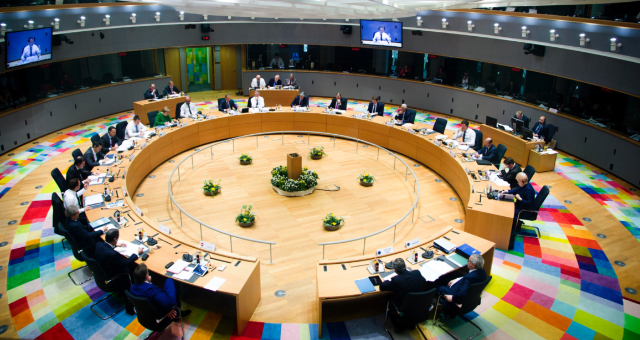The Council aims to achieve zero emissions in buildings by 2050.

The member states of the Council of the European Union have agreed on the amendment proposals containing important updates in the Energy Performance of Buildings Directive.
According to the proposal of the Council, all new public buildings to be built in the European Union countries from 2028 and all other buildings from 2030 will have to be built according to zero emission principles.[1] [2]
It will be mandatory to generate energy from the sun
In this context, it will become mandatory to invest in thermal or photovoltaic solar energy in new buildings.
According to the principles agreed by the member states, it will be mandatory for all new buildings to be designed in such a way that the solar energy-based energy generation potential is used in the most efficient way.
Initially, by 31 December 2026, all new public and non-residential buildings with a floor area of more than 250 square meters will need to be designed according to this principle.
The obligation will apply to all existing public and non-residential buildings with a floor area of more than 400 square meters until 31 December 2027.
By December 31, 2029, all new residential buildings will need to be designed to make the most of solar energy, regardless of their surface area.
Exceptions can be made for buildings that will be built for historical, religious and defense purposes.
By 2050 the entire building stock will be zero-emissions
In line with the goal of achieving zero emissions for the entire building stock by 2050, the Council has also proposed some principles for accelerating the renovation of existing buildings and phasing out bad-performing buildings.
Accordingly, EU countries will introduce minimum energy performance standards that will correspond to the maximum amount of primary energy that can be used per square meter for buildings.
Country governments will then identify the parts of the national building stocks with the lowest efficiency values, based on the energy use values determined as of January 1, 2020.
The first part of 15% will include the buildings with the lowest efficiency value, while the second part of 25% will include buildings with a relatively less bad efficiency value.
In the first stage, all non-residential buildings in the most inefficient 15% section by 2030 will need to increase to the efficiency value of the existing 25% section by 2030.
Until 2034, however, all of these buildings will need to be renewed in such a way that they fall below the energy efficiency threshold already determined for the 25% section.
A0 and A+ will be added to the energy performance criteria
States will also set their National Plans for building stocks to be completely zero-emissions by 2050, with A0 categories for zero-emission buildings and A+ categories for renewable energy-generated buildings.
At the same time, there will be requirements for transportation infrastructure such as charging points for electric vehicles and parking spaces for bicycles in building designs.
Member states will prepare roadmaps with national targets for 2030, 2040 and 2050 and publish national building renovation plans for the reduction of primary and final energy consumption of building stocks and operational greenhouse gases.
States will need to prepare their initial plans by 30 June 2026 and update them every five years thereafter.
75% of buildings in Europe are inefficient
40% of final energy consumption and 36% of energy-related greenhouse gas emissions of European Union countries occur in buildings.
According to the council’s data, 75% of existing buildings in EU countries are energy inefficient and need large-scale renovations to meet the required efficiency requirements.

